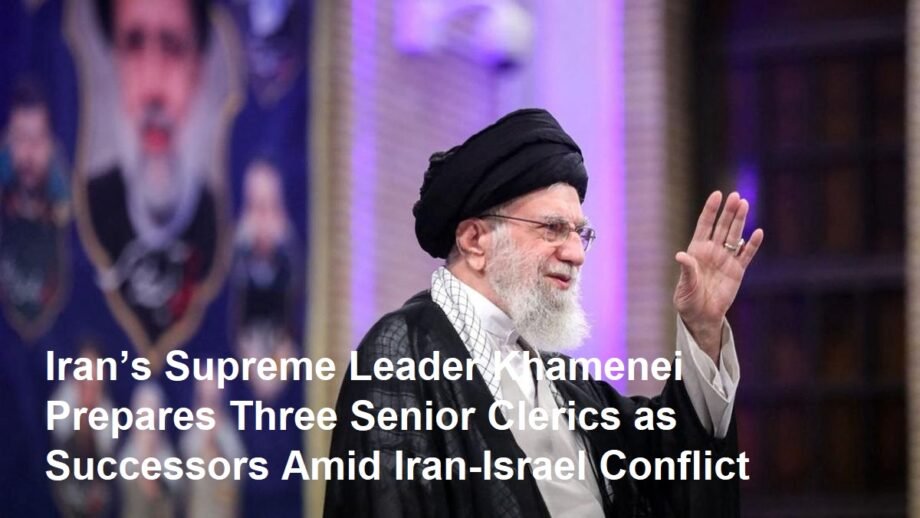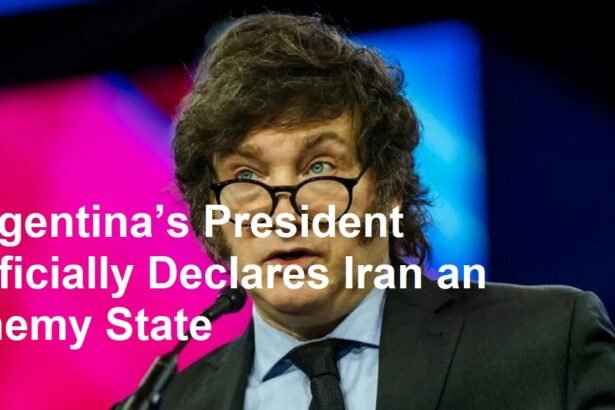Introduction
Amid escalating tensions and conflict between Iran and Israel, Supreme Leader Ayatollah Ali Khamenei has reportedly prepared three senior religious clerics as potential successors, should he perish in the ongoing hostility. This development highlights not only the political realities within Iran’s power structure but also the broader implications for the region’s stability.
1. The Context of Khamenei’s Preparations
With rising conflict on the fronts between Iran and Israel, and the risk of military escalation, the leadership in Tehran faces unprecedented uncertainty. Khamenei’s advance preparations of succession candidates indicate a strategic move to ensure regime continuity. This act is not unusual in autocratic systems where power succession can be volatile, especially amid conflict and international sanctions.
2. Who Are the Three Senior Clerics?
Though Iranian official sources remain deliberately ambiguous, reports indicate that these three candidates are senior ulama (Islamic scholars), respected within the religious and political hierarchy. Their profiles reflect a mix of conservative ideology, clerical authority, and political acumen — traits deemed essential for leading Iran through turbulent times.
3. The Role of the Supreme Leader in Iran’s Governance
Khamenei’s position as Supreme Leader grants him ultimate authority over Iran’s political, military, and religious spheres. Unlike presidents or parliaments, the Supreme Leader wields direct influence over security apparatus, foreign policy, and major ideological decisions. The selection of his successor is thus critical for the regime’s future direction and Iran’s domestic and international posture.
4. Impact on Iran’s Domestic Stability
The reveal of potential successors underscores the fragile nature of Iran’s political stability amid ongoing conflict and sanctions. While this advance planning might reassure some factions within Iran that power transition can be smooth, it may also fuel internal rivalry. The possibility of power struggles between different clerical factions could add complexity to Iran’s governance.
5. Implications for Regional Geopolitics
The Iran-Israel conflict has already attracted global attention. The idea of a potential leadership change in Iran caused by wartime fatality introduces an additional layer of uncertainty and risk. Neighboring countries and global powers alike will closely monitor Iran’s leadership dynamics, as shifts could affect diplomatic relations, military strategies, and regional alliances.
Conclusion
Khamenei’s strategic foresight in preparing for succession reflects the realities of enduring conflict and political fragility. The involvement of senior ulama as successors shows the intertwining of theocratic authority and political power in Iran’s governance system. For analysts and policymakers, understanding these succession dynamics offers insight into possible future scenarios for Iran’s domestic and geopolitical behavior.
The international community should consider how a sudden leadership change could impact ongoing negotiations, conflict resolution efforts, and regional security frameworks. It also raises questions about the resilience of Iran’s political system under external pressure and internal stress.









